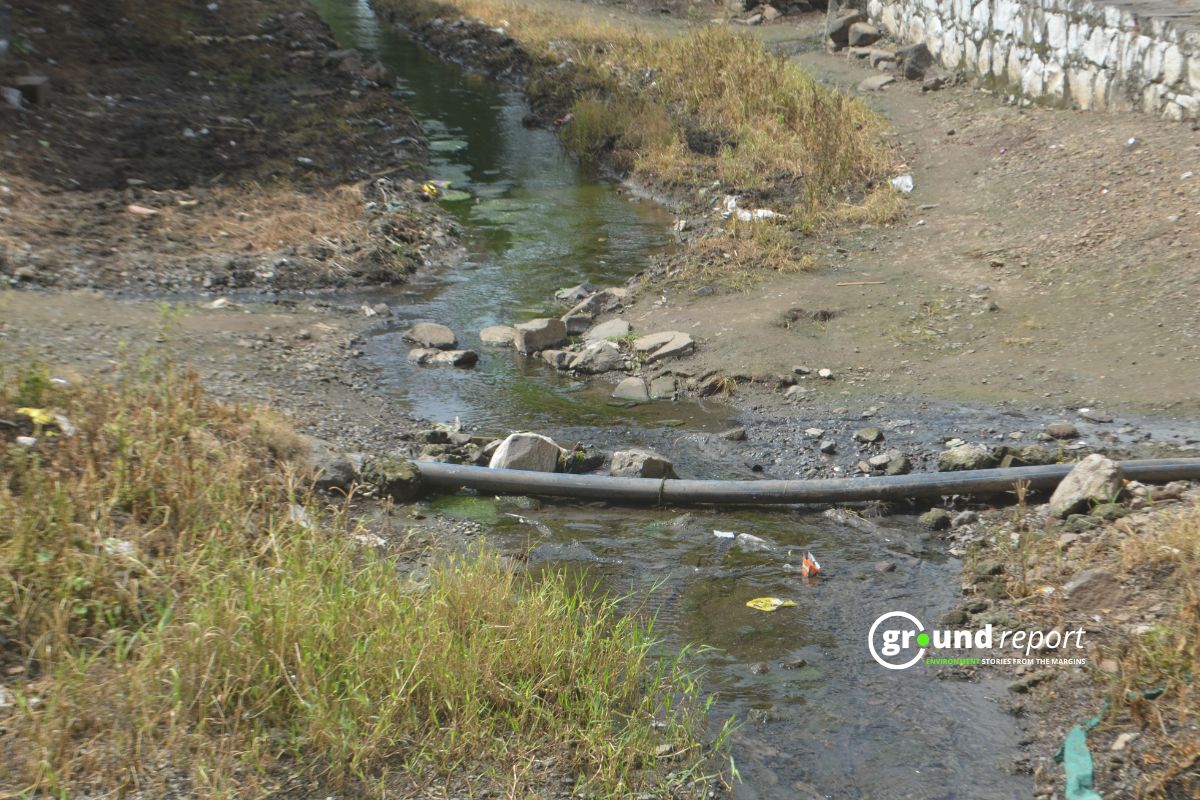The conservation status of the Sundarbans National Park has worsened over the past five years, moving from “Good with Some Concerns” to “Significant Concern.” The finding comes from the latest IUCN World Heritage Outlook 4 report, released during the International Union for Conservation of Nature (IUCN) Congress in Abu Dhabi.
The IUCN report highlights increasing threats to the Sundarbans, including rising salinity, heavy metal contamination, and unsustainable resource extraction. It warns that climate change, through sea level rise and frequent storm surges, is damaging mangrove diversity.
“The mangrove systems in Bangladesh are also facing a serious pathogenic threat known as the ‘top dying’ disease,” the report stated.
The Sundarbans, which span India and Bangladesh, form the world’s largest mangrove forest and are home to endangered species such as the Bengal tiger and the estuarine crocodile.
Dr. Grethel Aguilar, IUCN Director General, said the findings reflect a troubling global trend. “Protecting World Heritage is not just about safeguarding iconic places, it is about protecting the foundations of life, culture, and identity,” she said. “Threats are rising, and stronger collective action is needed to ensure these irreplaceable treasures endure for future generations.”
Across Asia, climate change has now overtaken hunting as the leading threat to natural heritage sites. It is followed by pressures from tourism, invasive species, and development activities. The IUCN report notes that expanding land use, illegal logging, and road construction continue to degrade habitats even within protected zones.
The report also shows that half of Asia’s UNESCO Natural World Heritage Sites are managed with “some concern” over their effectiveness, and 2 percent face “serious concern.” In India, the Manas National Park and the Western Ghats remain in the “Significant Concern” category. The Great Himalayan National Park, Kaziranga, Keoladeo, Nanda Devi, and Valley of Flowers parks are rated “Good with Some Concerns.” Only Khangchendzonga National Park maintained a “Good” rating.
Globally, the assessment paints a worrying picture. Of the 228 natural heritage sites evaluated since 2014, the share of those with a positive conservation outlook fell from 63 percent in 2020 to 57 percent in 2025. Climate change is identified as the top threat to 43 percent of these sites, up from 33 percent in 2020.
“Invasive alien species and wildlife diseases are now spreading faster, often linked to shifting climate conditions,” the report said. It cited examples such as the white-nose syndrome in bats in the United States, chytridiomycosis in Australian amphibians, and avian influenza in Argentina.
Tim Badman, IUCN Director for World Heritage, said the findings underline the importance of stronger management and financing. “Ensuring the resilience of natural World Heritage requires long-term commitment at all levels, from local communities to international partners,” he said.
Despite the decline, the report noted some progress. Thirteen sites improved their conservation outlooks since 2020, particularly in Africa, where anti-poaching measures and community partnerships have helped stabilise wildlife populations.
The IUCN called for more investment in conservation, improved governance, and recognition of Indigenous Peoples’ leadership. It stressed that Indigenous stewardship, such as community-led marine protection and traditional land management, has improved biodiversity outcomes in several sites.
The Sundarbans’ downgrade highlights the broader impact of climate change on natural heritage. As Dr. Aguilar said, “These sites sustain communities and connect us to our shared history. Their protection is critical, for nature, for people, and for the generations yet to come.”
Support us to keep independent environmental journalism alive in India.
Keep Reading
Highway Halt Puts Kashmir’s Fruit Economy at Risk
MP brings back Bhavantar as farmers lose soybean harvests
Stay connected with Ground Report for underreported environmental stories.
Follow us onX, Instagram, and Facebook; share your thoughts at greport2018@gmail.com; subscribe to our weekly newsletter for deep dives from the margins; join our WhatsApp community for real-time updates; and catch our video reports on YouTube.
Your support amplifies voices too often overlooked, thank you for being part of the movement.






